
COURSEWORK
Arihant's IOT-001 course work. Lv 1
| Arihant Halagi | AUTHOR | ACTIVE |

13 / 9 / 2025
TASK 1: 3D Printing.
Objective:
Understanding the working of a 3D printer. Understanding what's an STL file, and then learn to slice it. Studying about bed temperature, infill density and other printer settings. Finally get an STL file from the internet, and slice it and put it for print.
Learning and Outcomes:
- I explored the basic concepts of 3D printing and how it works. learnt about bed temperature, PLA, etc.
- I used the Creality website to download the model's STL file. Then customize the features of the STL file such as infill density and pattern, adding support (if needed), speed of printing, etc.
- Slicing converts the model into layers.
I haven't finished with my model making once it completes I will upload here.
Task 2: API
Objective:
To learn the concept and working of an API (Application Programing Interface) using any API of our choice building an application or webpage.
Learnings and Outcomes:
- Developed basic skills in HTML and CSS for displaying API data and ensuring a seamless user experience.
- Created a news webpage that successfully integrates with a news API, enabling users to view up-to-date headlines.
The link of the website: news web-page
To access the code
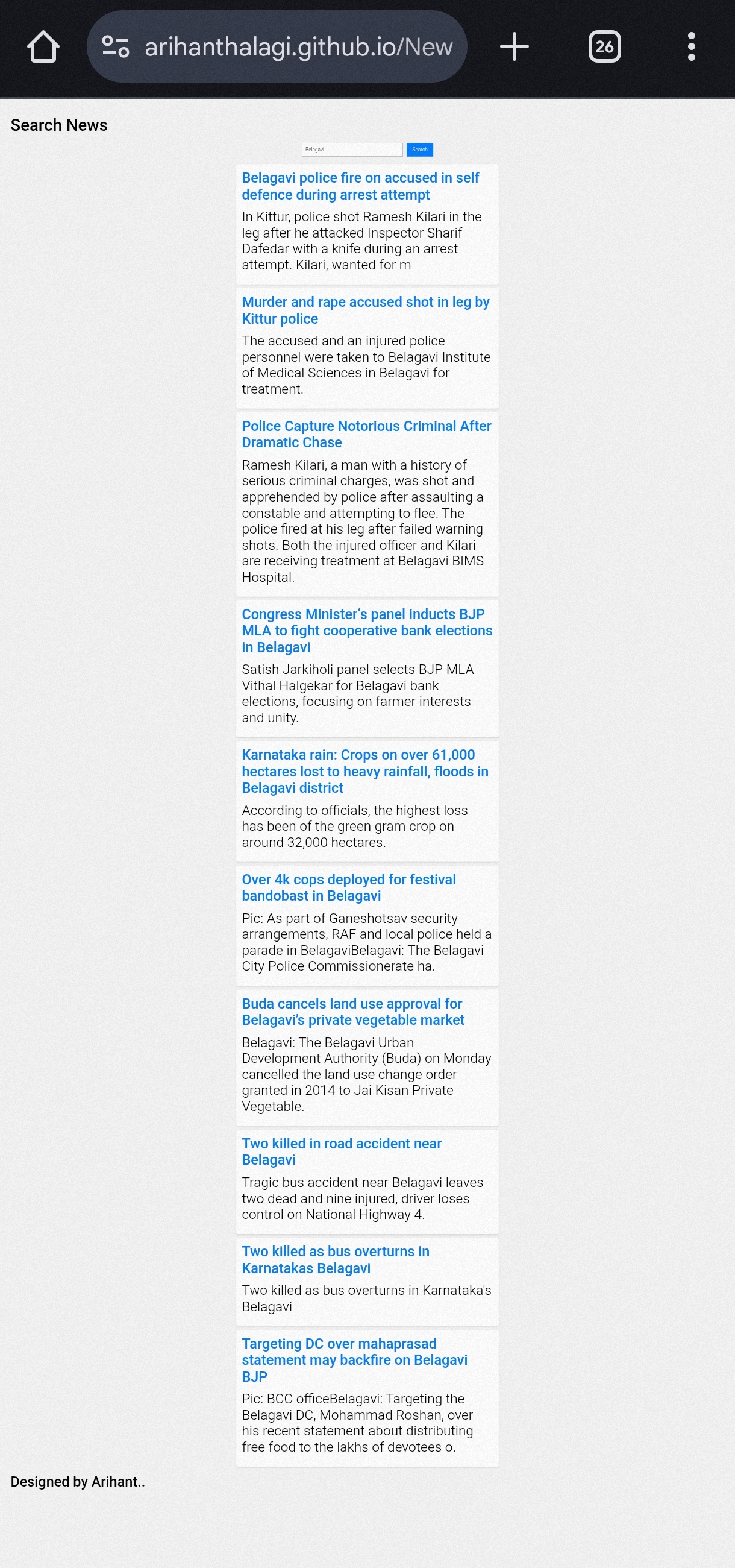
TASK 3: Working with GitHub
Objective:
To get to know about the Github, how it works, and getting familiar with GitHub workflows, Repositories, Pull requests and issues.
Learnings and Outcomes:
- Created the Github account successfully.
- Learnt the work flow of GitHub.
- I created my own Repository.
- Got to know to make changes in others repository.
- Got to know about fork in GitHub.
- I have forked the given repository into my repository.
- Then I corrected the error in the code.
- Then I sent a Pull request.
Given is the pull request which I sent
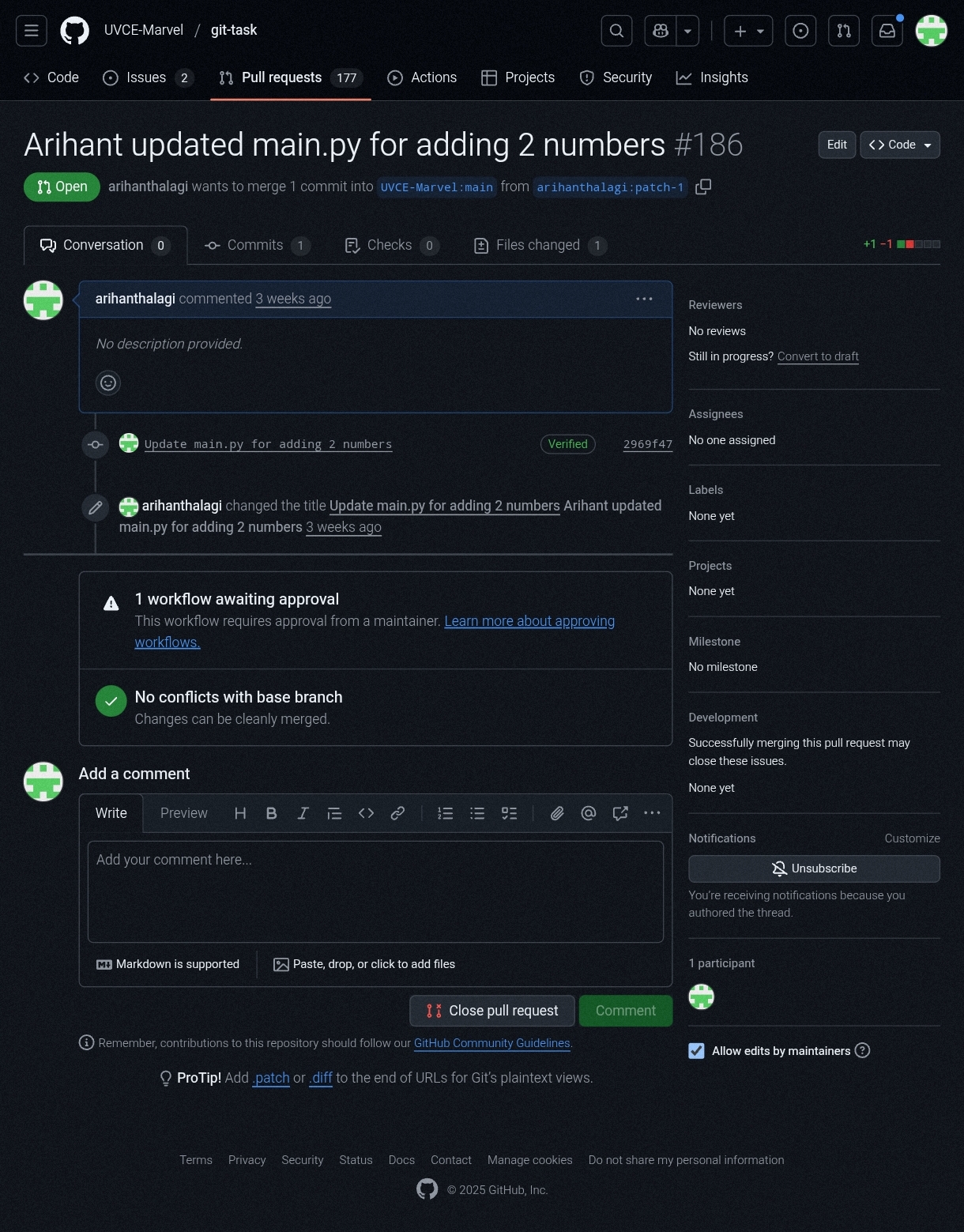 My GitHub account link.
My GitHub account link.
TASK 4: Command Line on Ubuntu
Objective:
Get familiar with Command lines on Ubuntu and do the subtasks as given on MARVEL website.
Learnings and Outcomes:
- I learnt how to create test command line on terminal.
- Changing directory.
- Creating a text files.
- How to get list of files.
My Ubuntu line command tasks mentioned in Marvel website
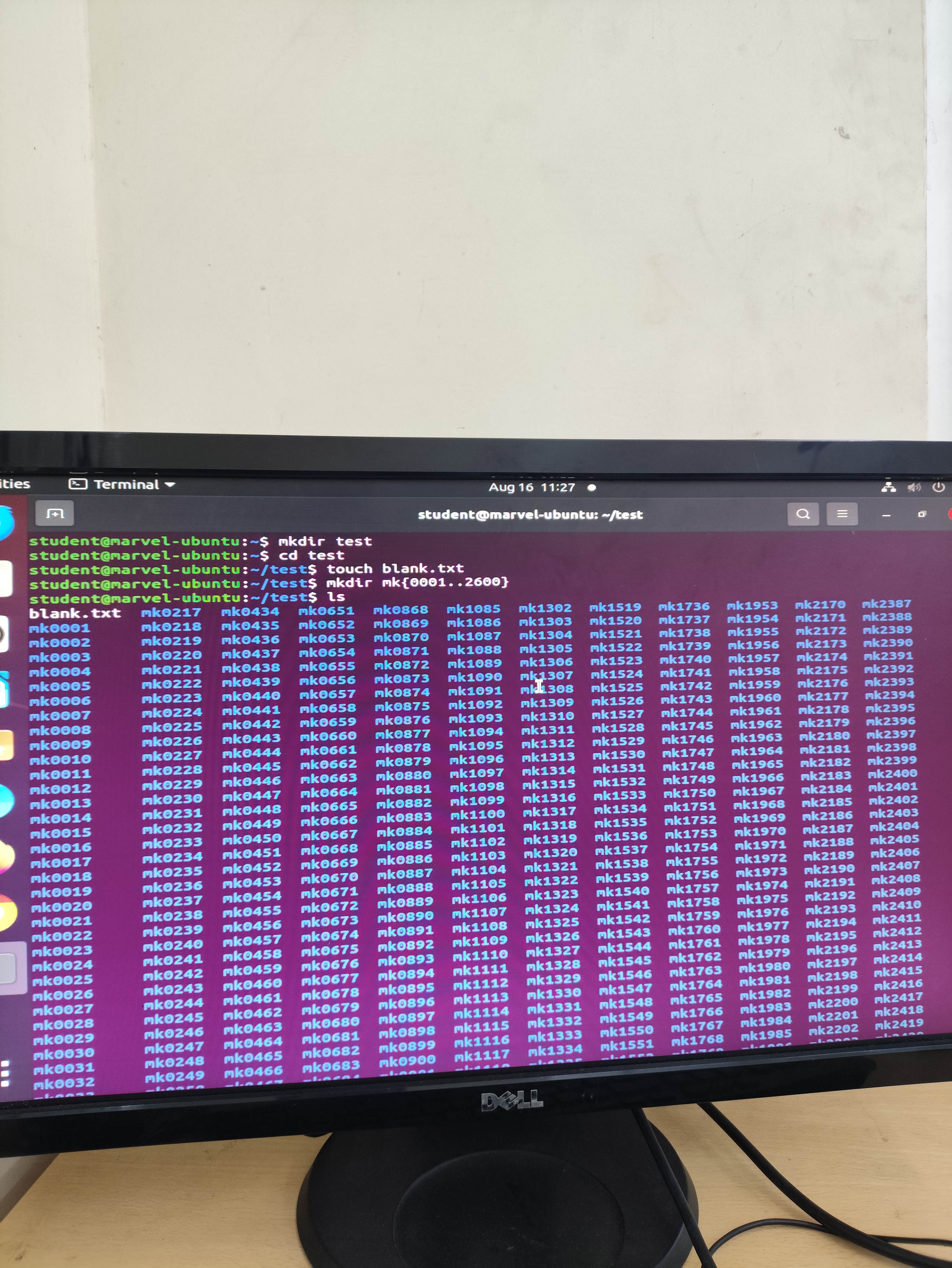
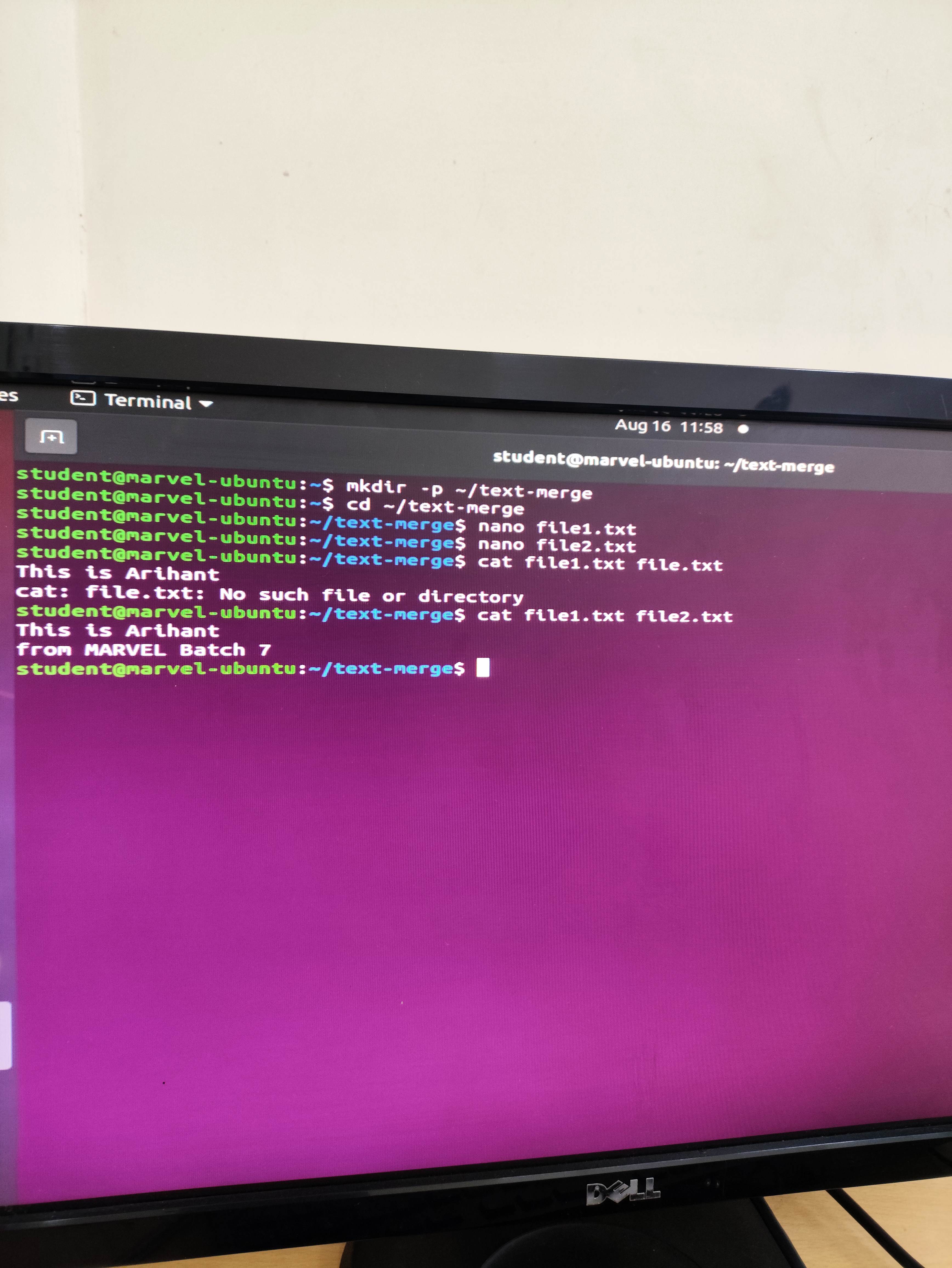
TASK 7: Portfolio Webpage
Objective :
Creating a website to showcase our portfolio - about ourself, interests, projects, social media profiles and more. It is to be responsive and also pushed to the git repository.
Learnings and Outcomes:
I have learnt basic CSS and HTML to create a Portfolio website to show information about myself. I hosted my website on Github to make it accessible to all. My Portfolio Webpage link
To access the code
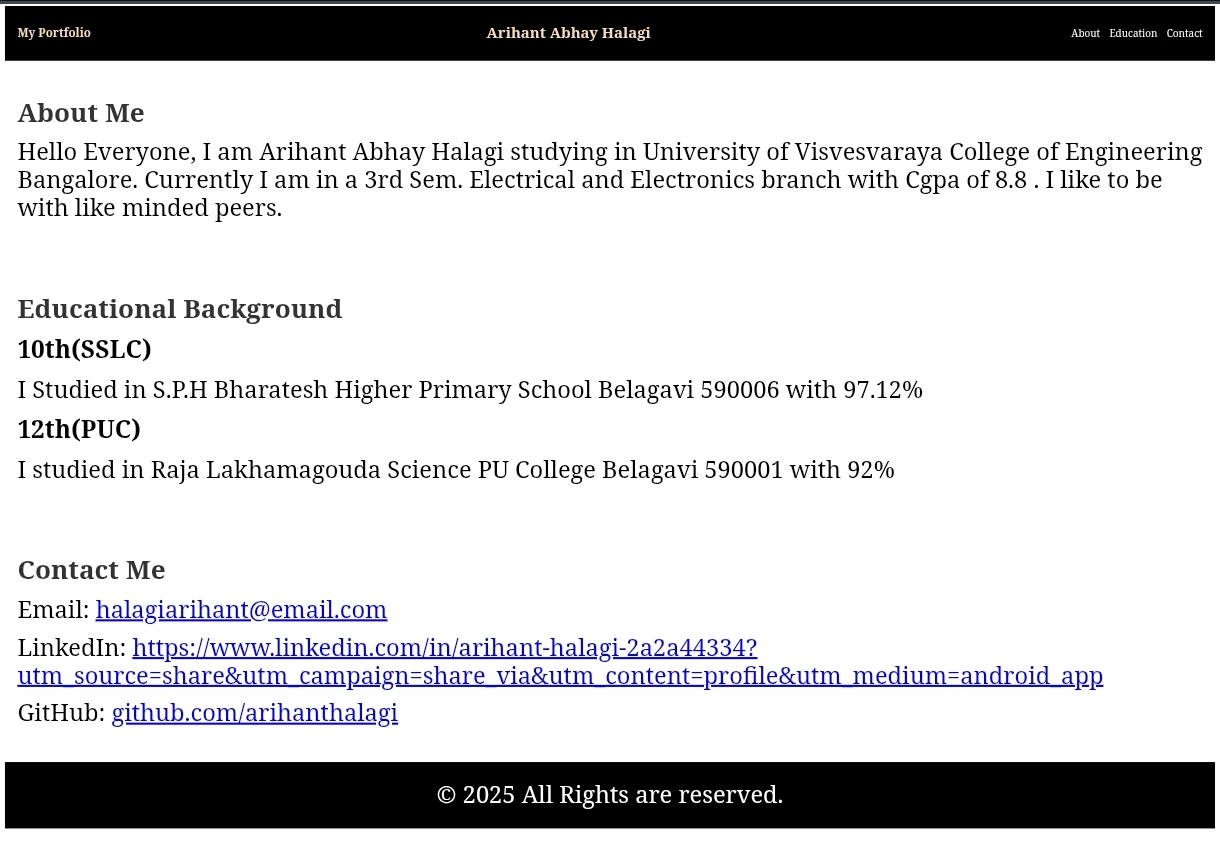
TASK 8: Writing Resource Article using Markdown.
==Cloud Computing Basics.==
The objective of this task is to get to know about the markdown and how to use it in report writing.
Cloud computing has transformed how businesses and individuals use technology. Instead of relying only on local servers or personal computers, cloud computing enables access to computing power, storage, and applications over the internet. This article introduces the fundamentals of cloud computing, its types, and its benefits.
link to access full article.
TASK 9: Tinker Cad
Objective:
To create an account on TinkerCad and get familiar with basic components of circuits. and make a simple circuit which measures distance of an object from the ultrasonic sensor.
Outcomes and Learnings:
TinkerCad is an online 3D modelling and circuit tool. I learnt about microcontrollers and ultrasonic sensors and I have successfully made a distance measureing circuit using Arduino UNO and Arduino IDE(how to upload the code)
Link to simulate my task.
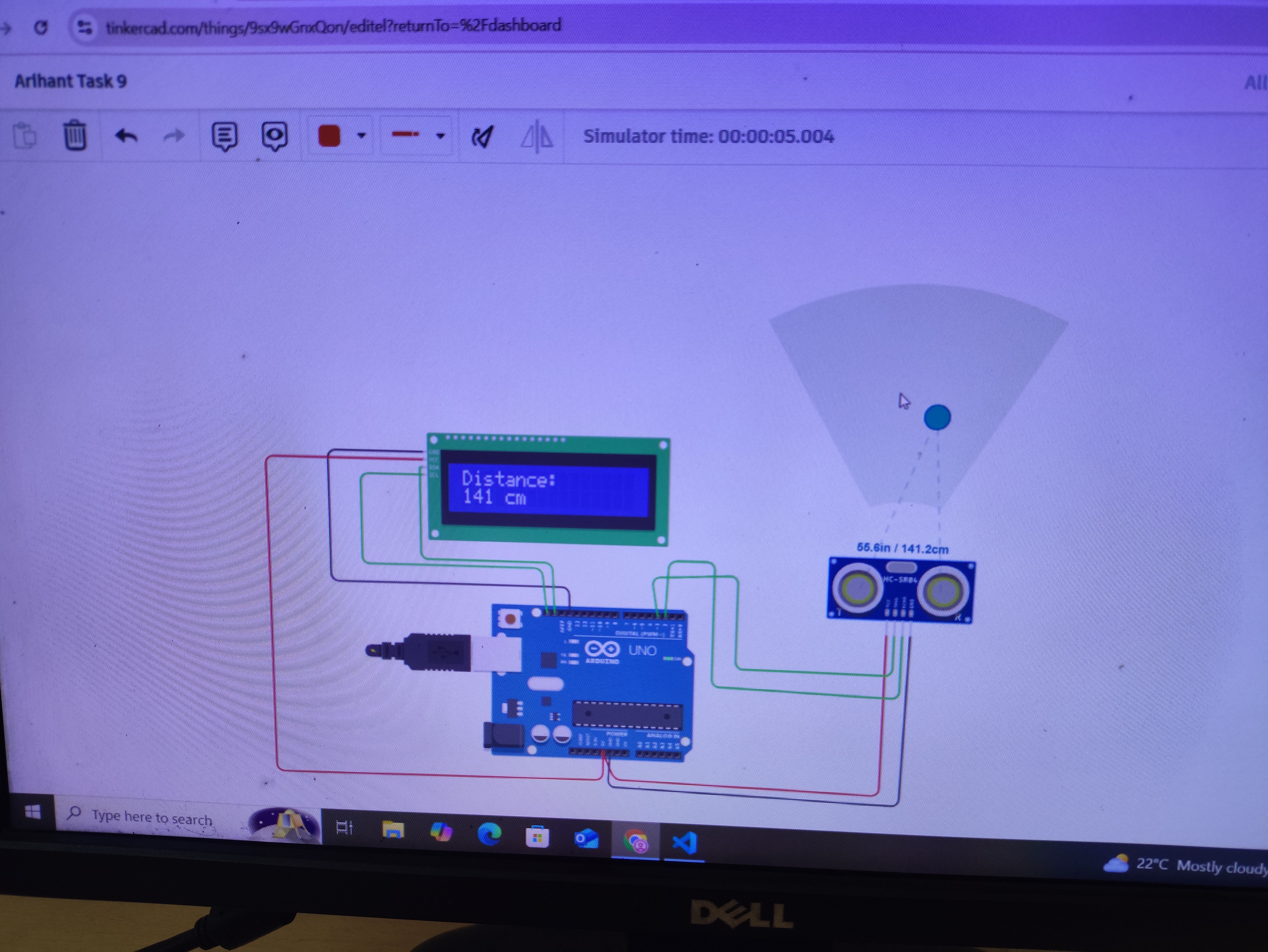
TASK 10: Speed control of DC motor using L298N driver.
Objective:
Understanding the control DC motors using the L298N motor driver and the Arduino board. Using an UNO and H-Bridge L298N motor driver, control the speed of a 5V motor.
Learning and Outcomes:
This task made use of an Arduino uno board and a motor driver(L298N). And to control the speed and direction (forward or reverse) of an dc motor. The speed of a DC motor can be controlled by changing its input voltage. A widely used technique to accomplish this is Pulse Width Modulation (PWM). PWM is a technique in which the average value of the input voltage is adjusted by sending a series of ON-OFF pulses. This average voltage is proportional to the width of the pulses, which is referred to as the Duty Cycle. but here in my project i controlled the speed by varying the source voltage and direction by changing the flow of current.
Link of code.

TASK 11: LED Toggle Using ESP32
Objective:
Learning and the working of an ESP32 and createing a standalone web server with an ESP32 that controls the LED connected with ESP32 GPIOs.
Learning and Outcomes:
I learnt how to use an ESP32 module and how to upload a code into it and how to connect it with our mobile phone. I have made a led controller with an ESP32 module.
Mistakes done while doing:
I haven't completed the circuit so faced a challenge to figure out for an hour.
TASK 12: Soldering Prerequisites.
Objective:
Learning about the soldering equipment present in our lab, the solder, the soldering iron, soldering wick, flux, etc. Learning how to use them and perform basic soldering on a perf board, for example a LED circuit in the presence of a coordinator.
Learnings and Outcomes:
I soldered a simple LED circuit on a perf board. Soldering iron was set at a temperature of around 300 degree Celsius.
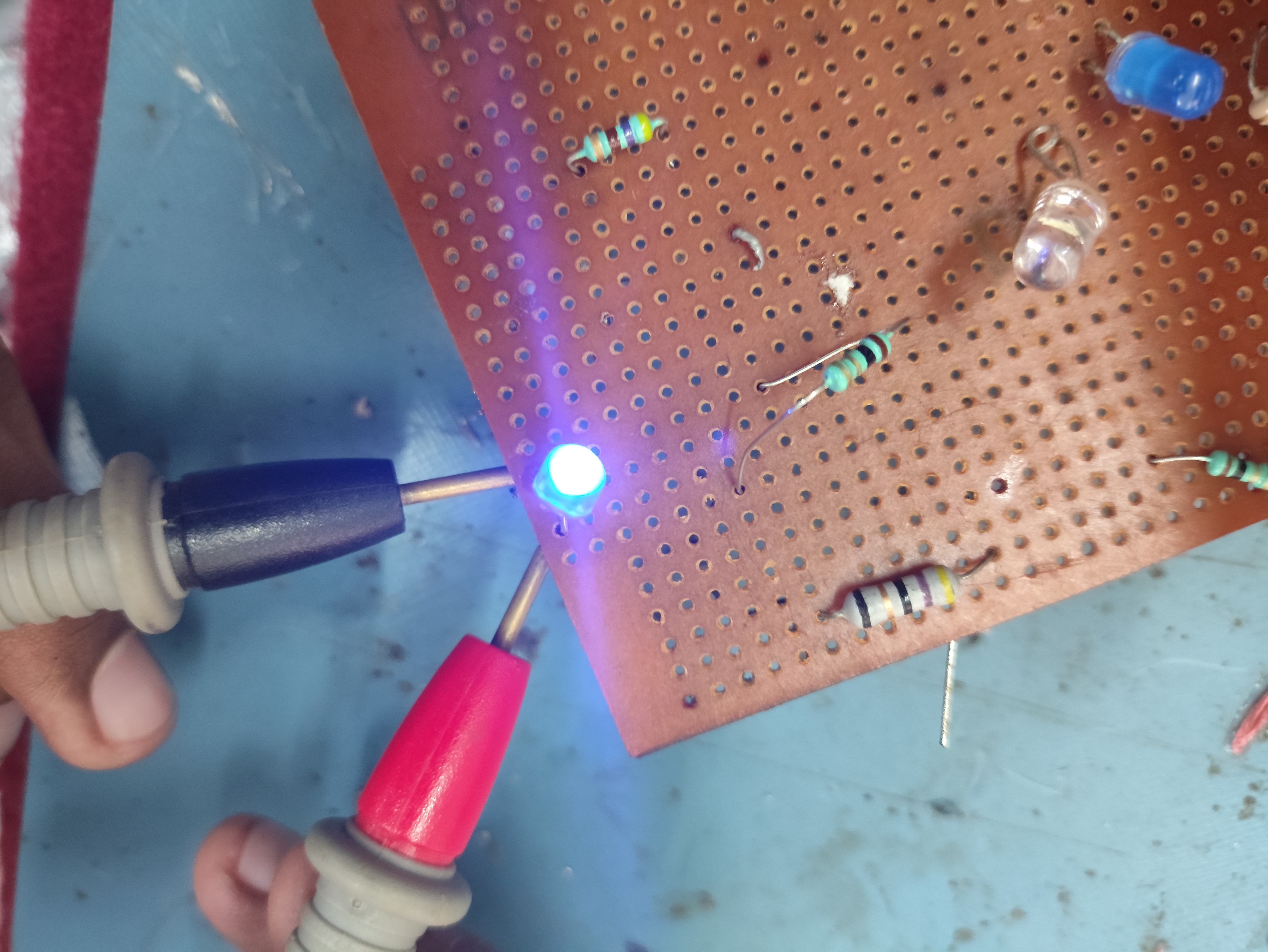
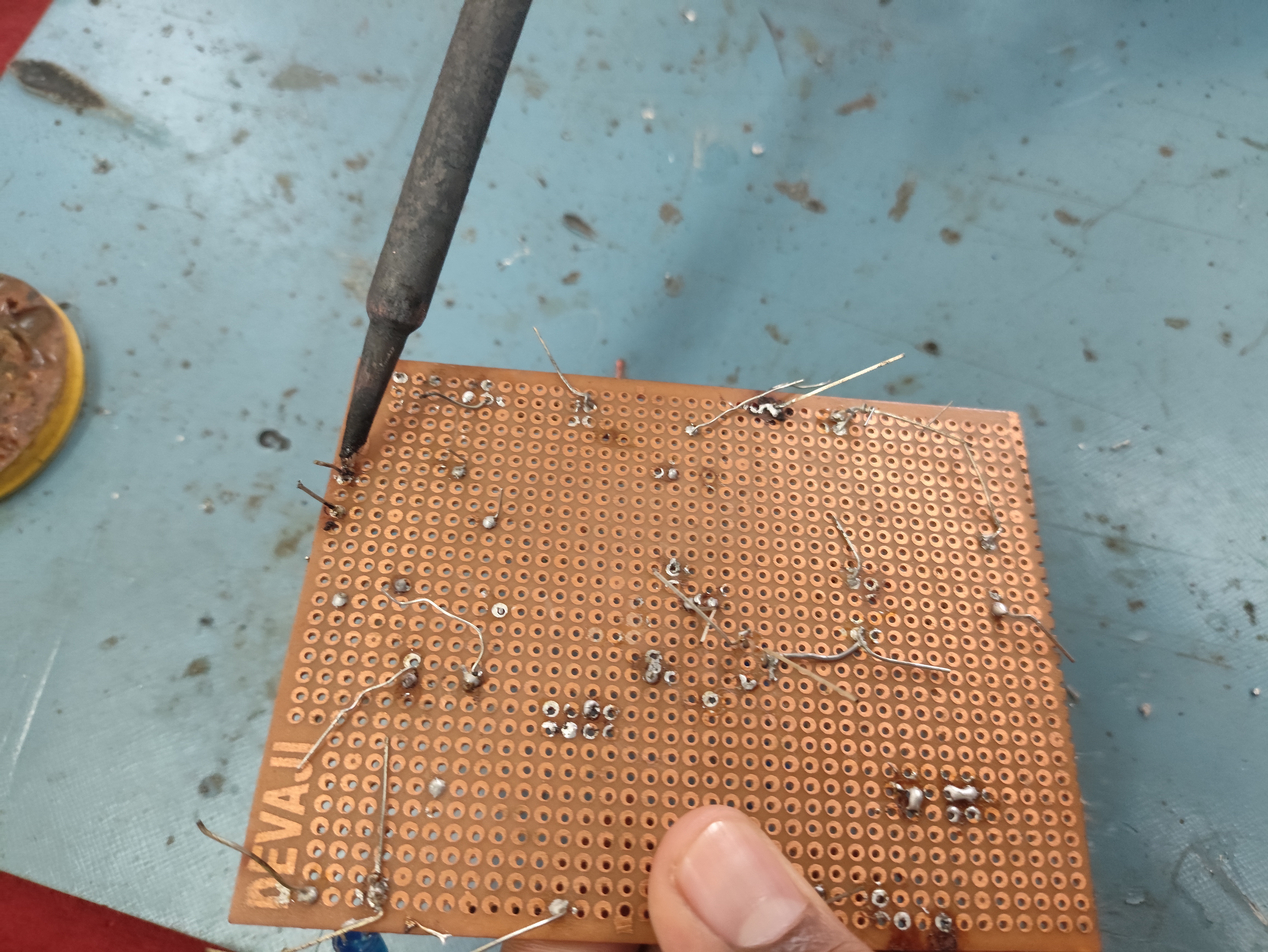
TASK 13: 555 IC astable multivibrator with 60% duty cycle.
Objective:
Designing a 555 IC astable multivibrator with 60% duty cycle.
Learnings and Outcomes:
I learnt about Integrated Circuits and timer made for electronic circuits using 555 IC. An oscilloscope was used to read the wave form and detect the duty cycle. The duty cycle obtained was 58.99%.
TASK 14: Karnaugh Maps and Deriving the logic circuit.
Objective:
For 4 cases, based on door lock/open and key pressed/not pressed. Determine the karnaugh map and make a burglar alarm using simple logic circuits. The buzzer or led blinks when certain conditions are met, you can use push buttons for the door and key.
Learning and Outcomes:
The burglar alarm system is an electronic circuit that detect unauthorised entry and rings the alarm.
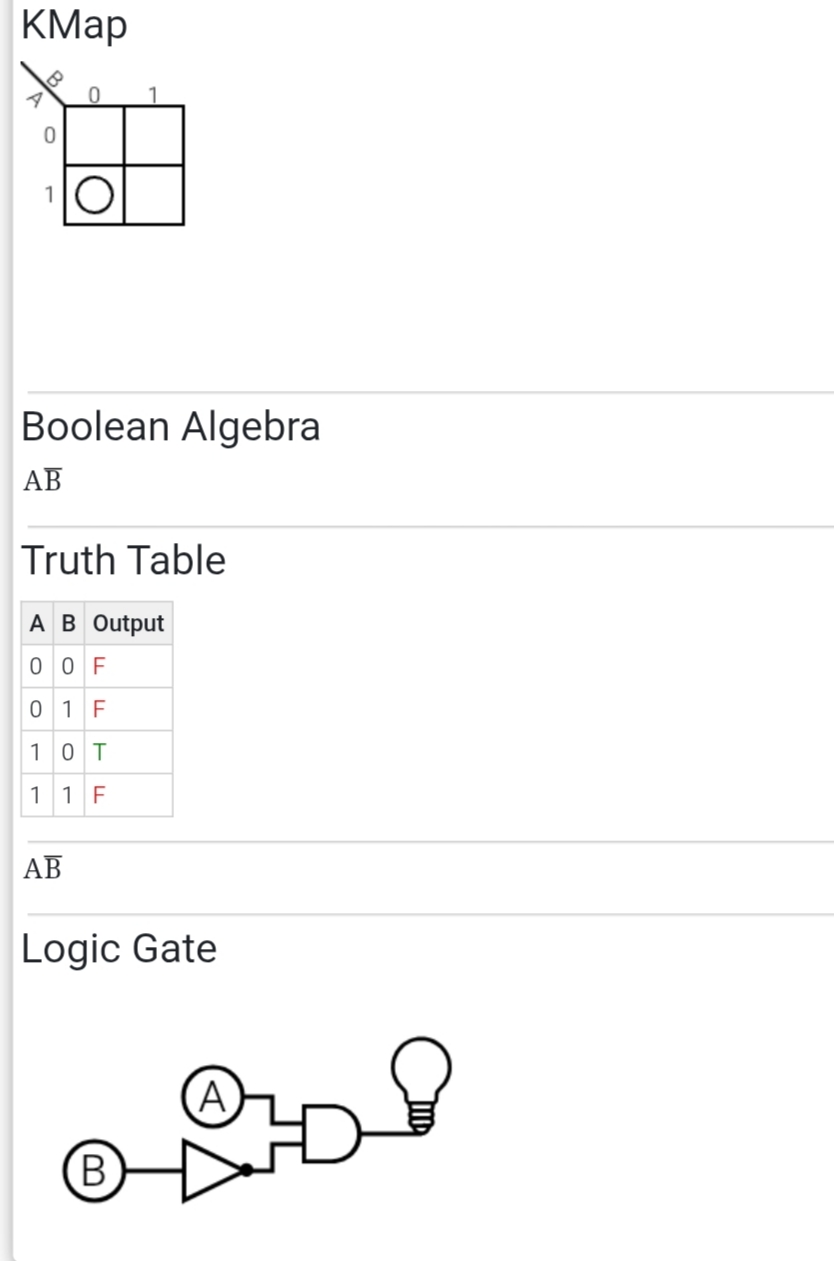 let us make the following assumptions:
Let A denotes Door and open door denoted by 1 and closed door is denoted by 0.Let B denotes key if key is used to open door is denoted by 1 and if key is not used to open door is denoted by 0. Let Alarm (Ä) denotes burglar alarm and 1 denotes it is activated and 0 denotes it is not activated.
let us make the following assumptions:
Let A denotes Door and open door denoted by 1 and closed door is denoted by 0.Let B denotes key if key is used to open door is denoted by 1 and if key is not used to open door is denoted by 0. Let Alarm (Ä) denotes burglar alarm and 1 denotes it is activated and 0 denotes it is not activated.
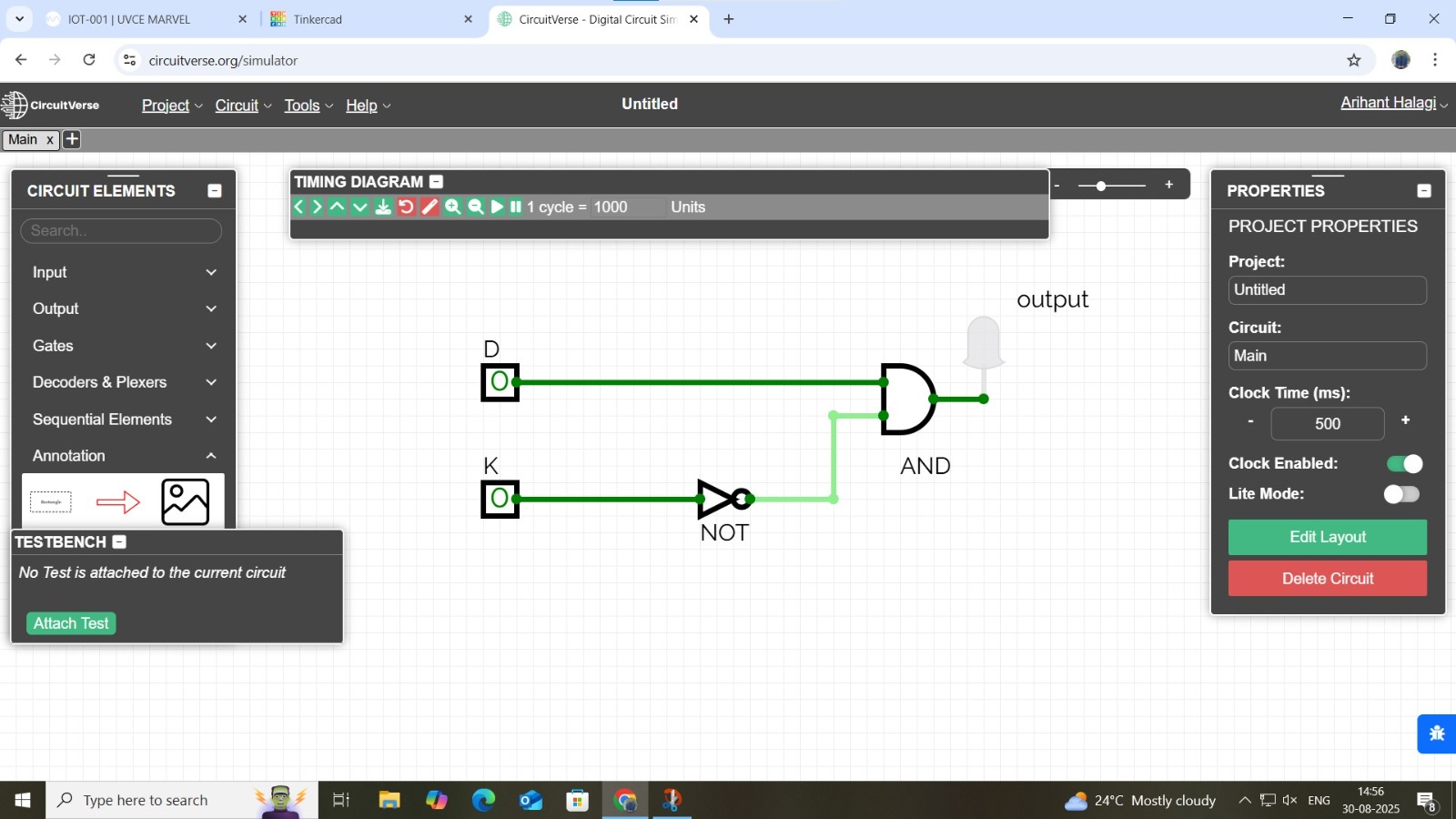 Video Simulation:
Video Simulation:
TASK 15: Active Participation.
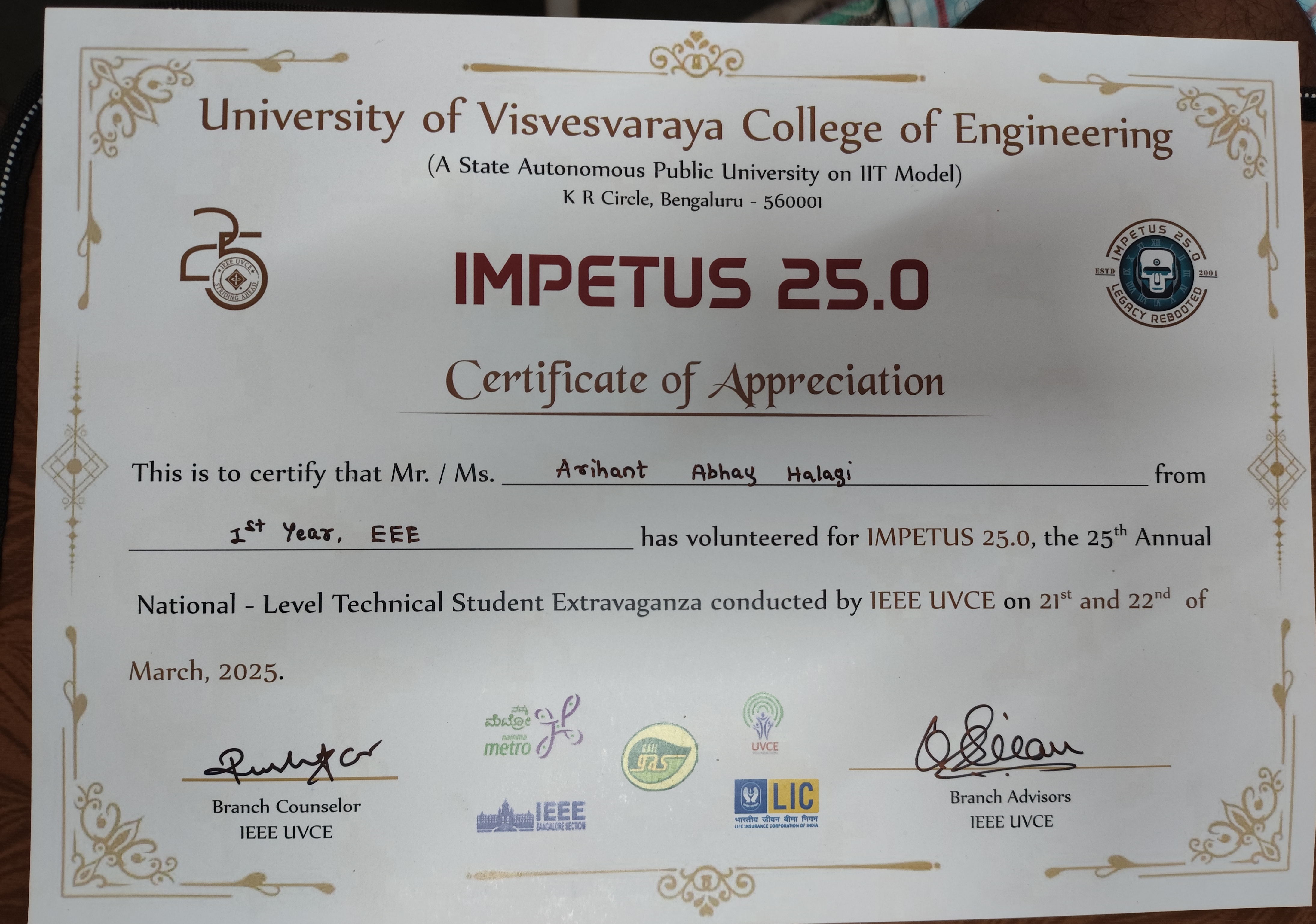 I have volunteered for IMPETUS 25.0 which was conducted by IEEE UVCE on 21st and 22nd of March 2025.
It is a national level technical extravaganza I have participated in some events also during the event. It was really a wonderful experience.
above is the certificate which I have recieved.
I have volunteered for IMPETUS 25.0 which was conducted by IEEE UVCE on 21st and 22nd of March 2025.
It is a national level technical extravaganza I have participated in some events also during the event. It was really a wonderful experience.
above is the certificate which I have recieved.
TASK 16: Data Sheets and Report Writing.
Objective:
Studying the datasheet of L293D motor driver and writing a report on it. By specifying about the ICs used in L293D, PWM, H-bridge etc.
Learnings and Outcomes:
I learnt about the L293D motor driver, its specifications, working, etc.
This is link to the article.
TASK 17: Introduction to VR.
Objective:
Familiarizing ourself with what Virtual Reality is. Making a detailed study about what's the difference between VR and AR. And about the trends in the space.
Learnings and Outcomes:
I experienced the VR for the first time in the MARVEL Lab. It was an incredible experience.
Link to the article.